Table of Contents
- What is Micro LED
- What is OLED
- Is Micro LED better than OLED?
- Which is more suitable for you: Micro LED or OLED?
In today’s increasingly digital world, the evolution of display technology is crucial for our daily lives. Two technologies leading this field are Micro LED and OLED. In this article, we will delve into the essence, characteristics, and respective advantages of these two technologies to help you better understand and choose the display technology that meets your needs.
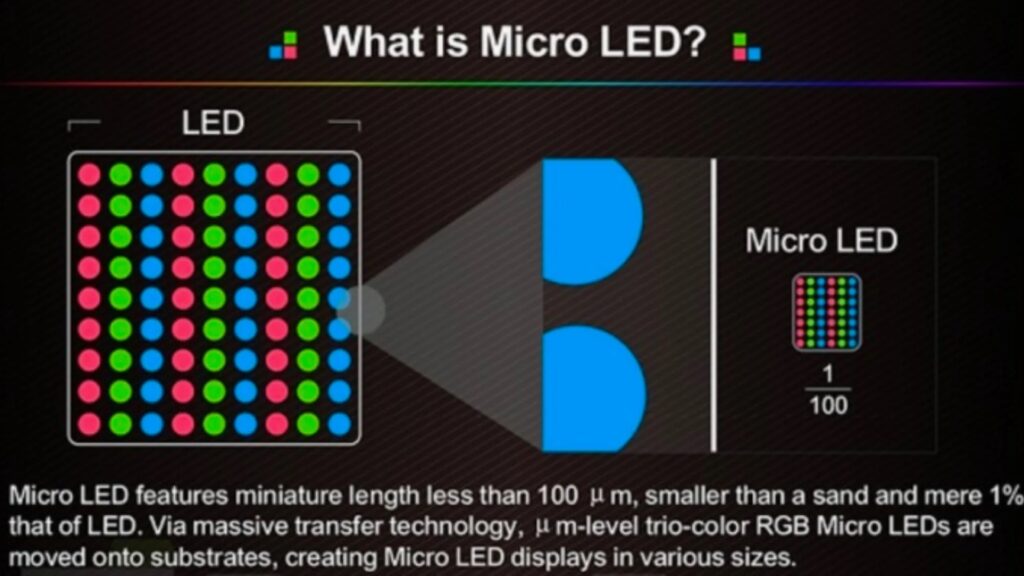
1. What is Micro LED?
Micro LED is an emerging display technology composed of thousands of tiny LEDs, each of which can be controlled individually. These tiny LEDs are integrated on a chip to form a pixel, presenting images by adjusting the brightness of each pixel. Since each LED is self-luminous, Micro LED displays offer excellent contrast and color performance. Learn about LED chips: technology, applications and development.
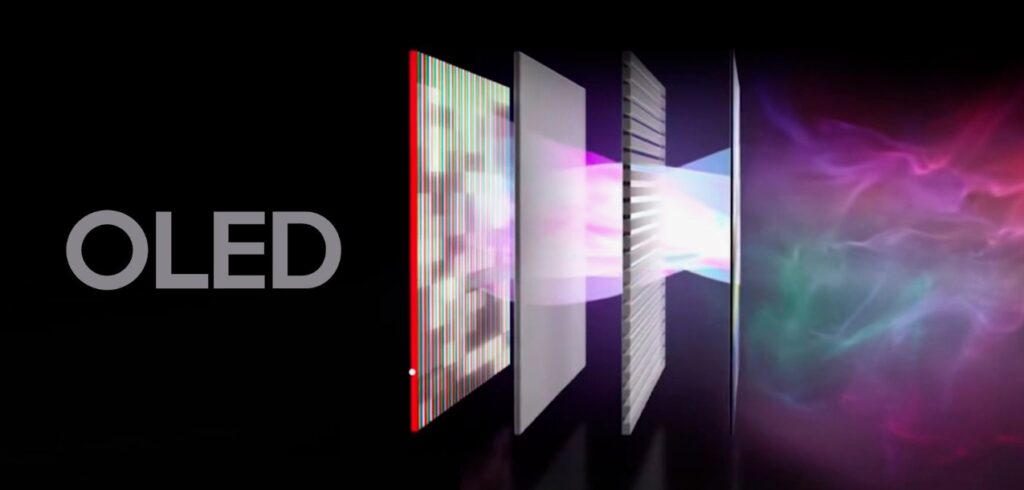
2. What is OLED?
OLED, or Organic Light-Emitting Diode, is another advanced display technology. Unlike traditional liquid crystal displays, each pixel of an OLED screen is generated by the light emitted from organic materials, so there is no need for a backlight. This allows OLED screens to achieve deeper blacks and higher contrast, along with a wider viewing angle and faster response time.
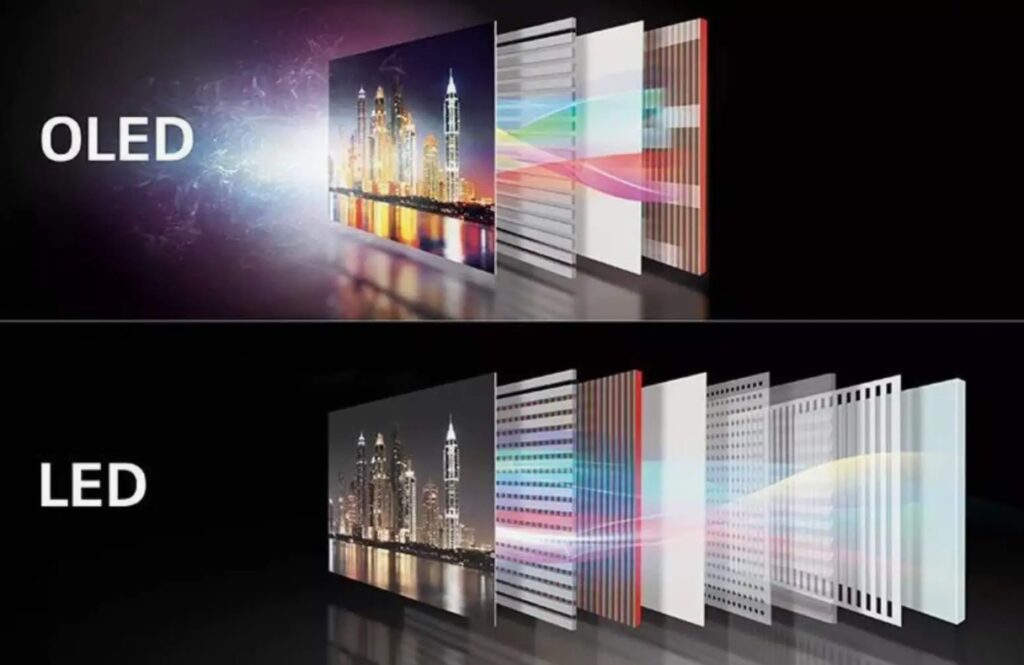
3. Is Micro LED better than OLED?
This is a complex question as each technology has its unique strengths and limitations. Micro LED has advantages in contrast, brightness, and durability because it does not require backlighting at the pixel level, and LEDs have a long lifespan. On the other hand, OLED excels in color performance and response speed because each pixel can be independently controlled. The following analysis is conducted from multiple aspects.
A. Contrast and Brightness:
Micro LED: Since each pixel is self-luminous, Micro LED displays typically have excellent contrast and brightness. When displaying black, Micro LED can achieve true pure black without backlight leakage issues. OLED: OLED also has high contrast and brightness as each pixel can independently control its light emission. OLED screens can achieve fine brightness adjustments, resulting in better display effects in dark scenes.
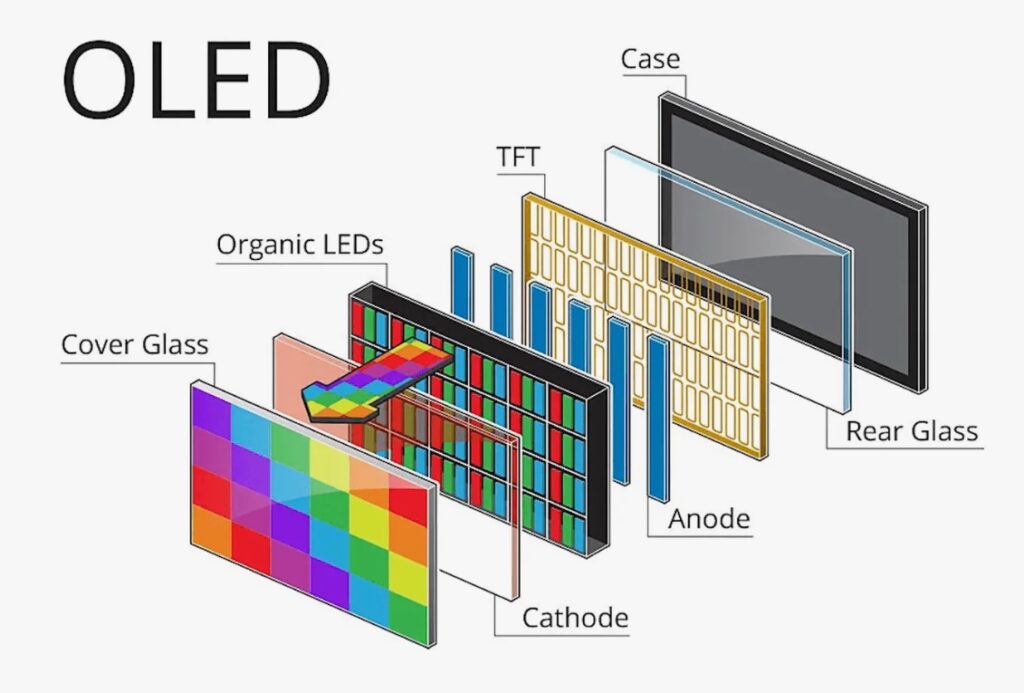
B. Color Performance:
Micro LED: Due to the light-emitting principle of Micro LED, it can provide a wider color gamut and more realistic color performance, especially at high brightness levels. OLED: OLED also has excellent color performance as it can achieve true black and fine brightness adjustments. However, there may be a reduction in color saturation at high brightness levels. Here is the knowledge about nit brightness.
C. Response Speed:
Micro LED: Due to the very fast response speed of the Micro LED beads, it has an advantage in displaying dynamic content, reducing motion blur and afterimages. OLED: OLED also has a fast response speed, but afterimages may occur in extreme cases, especially under high brightness and high contrast. Learn about the working principle of LED lamp beads.
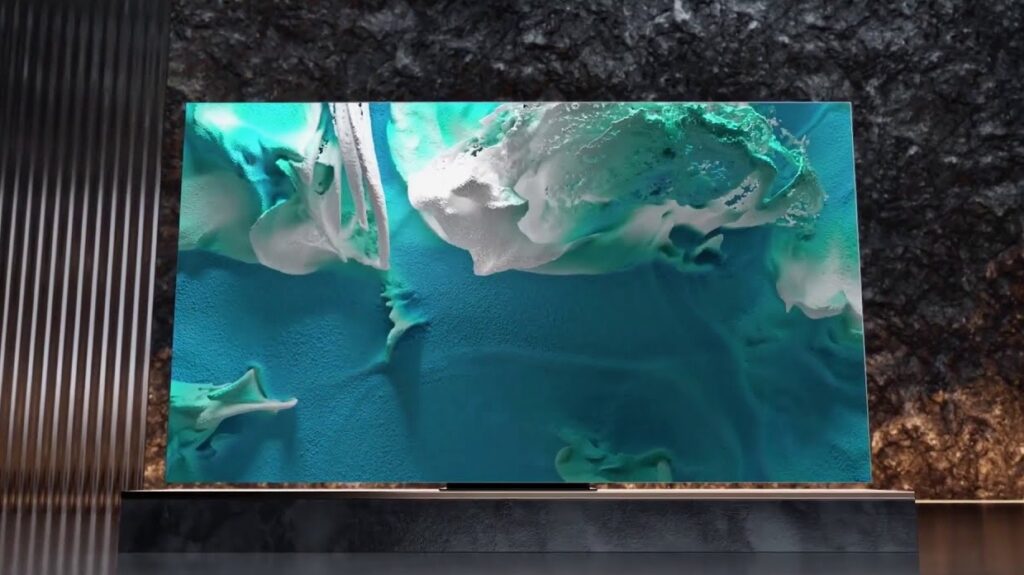
D. Lifespan and Durability:
Micro LED: As Micro LED uses solid-state light-emitting devices, its lifespan far exceeds that of traditional liquid crystal displays and OLED screens, offering longer service life and better durability. OLED: The lifespan of OLED displays is usually shorter than that of liquid crystal displays and is susceptible to image retention and screen aging, especially when displaying high-brightness images for long periods.
E. Cost and Manufacturing Complexity:
Micro LED: Currently, the manufacturing cost of Micro LED technology is very high, and the manufacturing process is complex, requiring the handling of a large number of tiny LEDs. Therefore, the price of Micro LED displays is usually higher. Provide you with the price range of commercial LED display screens.
OLED: Although the manufacturing cost of OLED technology is relatively lower, it is still higher than that of traditional liquid crystal displays. However, with technological advancements and increased production scale, the price of OLED displays is gradually decreasing.
4. Which is more suitable for you: Micro LED or OLED?
It depends on your specific needs and application scenarios. If you are pursuing the best contrast, brightness, and long-term reliability, and are willing to pay a higher price for it, then Micro LED may be a better choice. But if you focus more on color performance, response speed, and lower power consumption, and are more sensitive to cost, then OLED may be more suitable for your needs.
In summary, both Micro LED and OLED are forward-looking display technologies, each with its unique advantages and applicable scenarios. Choosing the right technology depends on your specific requirements for display performance and budget considerations. Therefore, before making a decision, it is recommended that you carefully evaluate your needs and consult the opinions of professionals.





